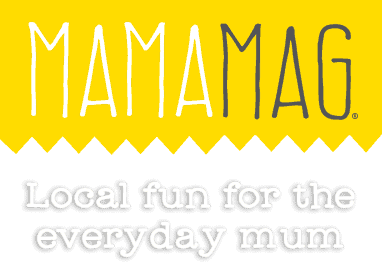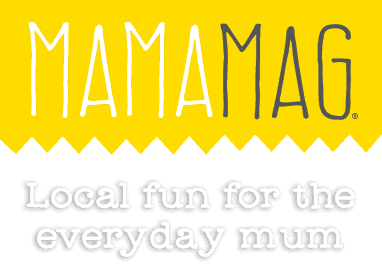Teaching a little one to use scissors seems to inspire fear in a lot of parents, however, a good, sturdy pair of spring-assisted scissors with safety blades means that even a toddler can handle a pair of scissors and an adult’s blood pressure can remain stable!
“There seems to be a lot of concern about when is the “best” time to introduce scissor skills to a child’s crafty repertoire,” says leading craft expert, Shannon Wong-Nizic, from OhCreativeDay.

Shannon says scissor skills are a continuum of development and that it is quite a complex process. Here are Shannon’s top tips for parents looking to teach their young child how to cut safely and effectively:
- Open Shut Them – The first skill to learn is opening and closing the scissors. This is when a spring-assisted pair of scissors is a good choice. At around the age of 2, a child will often open the scissors with both hands. At this stage of development, they are not ready to begin cutting paper. Cutting play dough is a great way to encourage strengthening hands and growing accustomed to the open/close nature of cutting with scissors.
- Thumbs up – From the very beginning, it is important to remind children of the “thumbs up” position while holding scissors. The thumb is placed in the smaller hole and the fingernail must face the ceiling. I will often draw a smiley face on a child’s thumbnail when they are first learning to hold scissors. They must make sure that the smile is smiling up to the ceiling at all times when cutting.
- Snip Snip – Once the skill of opening and closing the scissors have been mastered, they can move onto practising snipping paper. They are not moving the paper forward as they cut, simply snipping.
- Cut and hold – At roughly the age of 3, children can begin moving the scissors forward along the paper to cut. After this skill is acquired, children begin also using their non-dominant hand to hold the paper and move it to allow cutting with the dominant hand. Children at this stage can begin to cut along straight lines, with varying accuracy.
- Around the bend – From straight lines, children then move to curved lines. From lines, they then move onto basic shapes. By about the age of 5-6, a child can begin to cut more complex shapes out with increased accuracy.
- The right tools for the job – When it comes to scissor skills, having a top-quality pair of scissors is a must. I learnt the hard way with my firstborn when I attempted to introduce scissors with her. I bought her some cheap scissors, which caused much toddler angst. There is nothing worse than a frustrated toddler bearing scissors! As the mother of two righties and a leftie, I adore that Westcott scissors are suitable for both right and left handed use. No more scrambling for the “correct’ pair of scissors for the leftie! As a teacher, I have first-hand experience with seeing how much wear and tear scissors endure in a classroom, which is why Westcott’s antimicrobial scissors are my absolute number one choice – the added coating helps them last for longer and helps inhibit the growth of bacterial stains and odours.
Shannon Wong is a teacher, mum of three and avid crafter. An enthusiastic fan of pom poms, PVA and paint, she runs popular blog and online parenting resource dedicated to all things creative, https://ohcreativeday.com/ and has over 30,000 followers on Instagram.
Westcott Scissors available from Big W and Officeworks online, as well as other major educational providers: www.bigw.com.au or officeworks.com.au.

This post contains affiliate links. If you purchase using the links there is no extra cost to you but MamaMag will be paid a small commission on your sales which helps us to keep MamaMag free!


